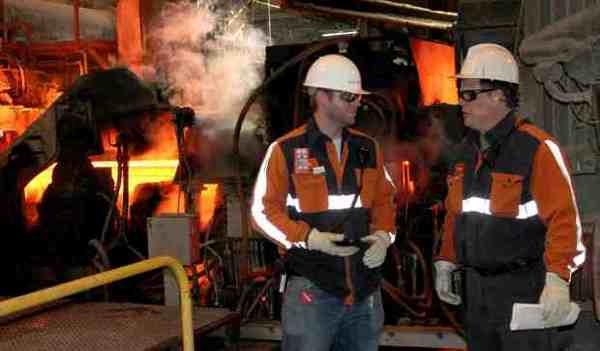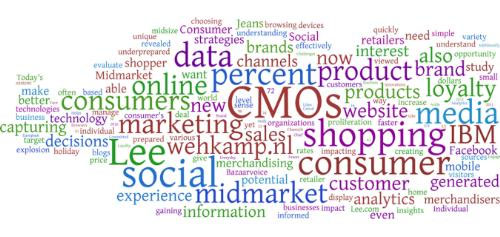How Businesses Deploy Internet of Things

Internet of Things (a.k.a. Internet of Everything) is an ambitious future computing concept. It aims to connect all objects and even people in the world with Internet. All of them will have unique identifiers that could be monitored with the help of computers.
It’s estimated that over 30 billion objects will be connected wirelessly with Internet of Things by the year 2020. However, it’s not yet clear how this concept will help businesses or people at large. Top tech companies in the world are working to find applications around Internet of Things.
North Star BlueScope Steel, for example, a steel producer for global building and construction industries, announced Thursday that it is applying IBM Watson Internet of Things (IoT) technology and wearable devices to help protect workers in extreme environments.
[ L&T and Cisco Launch Internet of Things Solutions Centre ]
The IBM Employee Wellness and Safety Solution, a research project that analyzes data collected from sensors in workers’ wearables, provides data to North Star management in real time when the technology senses potentially problematic conditions.
Employees working in extreme environments face a daily risk from conditions that include everything from high heat and toxic gas to open flames and heavy-machinery accidents.
[ Microsoft Presents Internet of Things for Home Cooking ]
Overexertion and falls account for more than $25 billion in U.S. workers’ compensation costs a year, according to the Liberty Mutual Research Institute 2014 Workplace Safety Index.
Still there is currently no practical way to verify that mandatory safety controls and personal protective equipment are being used in hazardous environments. In fact, nearly 3 million nonfatal occupational injuries were recorded in 2014.
[ Can Internet of Things Improve Quality of Life? ]
Wearable sensors such as fitness bracelets are already available, but the cognitive solution conceived by IBM researchers in Haifa, Israel, offers a platform that is customizable and extends the power of cognitive computing to a group of many sensors, not just one.
The ability to integrate data from multiple sensors means that the solution can do much more sophisticated analyses to help organizations identify problematic situations.
[ SAP SQL Anywhere for the Internet of Things ]
For example, an organization could receive data on a combination of skin temperature, raised heart rate, and no movement for several minutes, which could indicate potentially fatal heat stress, while any of these signals on its own might not seem serious.
Under this research project, North Star is piloting the IBM Employee Wellness and Safety Solution to identify potentially problematic conditions by collecting data from various sensors that continuously monitor the worker’s skin body temperature, heart rate, galvanic skin response and level of activity, correlated with sensor data for ambient temperature and humidity.
The solution then alerts North Star management so they can provide personalized safety guidelines to each individual employee. The same technology can be used to collect data on excessive exposure to different temperatures, radiation levels, noise or toxic gases, using sensor tags for temperature, humidity, noise, or light measurements. Gases can be detected using personal sensors enabled via WiFi or Bluetooth low energy sensors.
Photo courtesy: IBM





